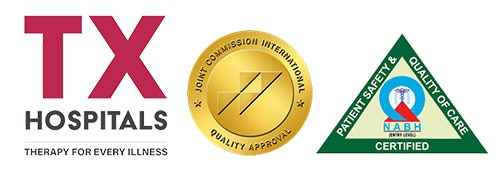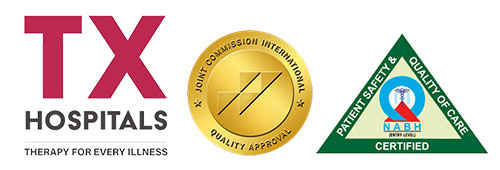Incision and Drainage Procedure in Hyderabad
Incision And Drainage
Incision and drainage, I&D, is a minor surgical procedure usually done to drain pus or the pressure built up under the skin. It is commonly used as a primary treatment in most healthcare settings for the management of abscesses with or without the use of antibiotics.
Incision and drainage (I&D) is a widely used procedure in various care settings, including emergency departments and outpatient clinics.
It is the primary treatment for skin and soft tissue abscesses, with or without adjunctive antibiotic therapy.
This activity will focus specifically on its use in the management of cutaneous abscesses
Cause
When the skin barrier is broken, bacteria can enter our skin even through a small tear. The most common bacterial infections are streptococcus and staphylococcus infections.
In response to this invasion, the body’s inflammatory system recruits leukocytes and forms a collection of pus, such as abscesses, pustules, or boil.
If you are diabetic or immunocompromised, there are more chances of the formation and collection of pus.
What Will Happen If Surgery Is Delayed?
If you delay the incision and drainage wherever necessary, it can lead to life-threatening complications.
The abscess or boils may grow into larger and more painful ones, and infection can spread to deeper and surrounding tissues of your body, causing even more and also conditions like:
• Fainting
• Fever and chills
• Malaise
• Seizures
• Paralysis
• Severe weakness
• Sepsis
Who Needs Procedure?
Cause
When the skin barrier is broken, bacteria can enter our skin even through a small tear. The most common bacterial infections are streptococcus and staphylococcus infections.
In response to this invasion, the body’s inflammatory system recruits leukocytes and forms a collection of pus, such as abscesses, pustules, or boil.
If you are diabetic or immunocompromised, there are more chances of formation and collection of pus.
Incision And Drainage Procedure
Procedure
I&D is a simple surgical procedure usually done in an emergency or outpatient setting.
• Firstly, the area of your skin is sterilised with the help of alcohol or iodine-based antiseptic.
• You are then administered local anaesthetic injections like lidocaine to numb the area.
• Your doctor then makes a linear incision, a surgical cut with the help of blade no. 11 or 15 on the raised part of the area of pus.
• Pus is then drained out of that site.
• Your surgeon will use a probe to drain the pus.
• After that, your surgeon will clean the area with a saline solution.
The site is then kept open for a while but covered with a dressing to absorb pus which had initially formed.
• If you have a larger abscess, severely infected paranasal sinus, or boil, your doctor will place a gauze wick inside it to keep it open and to completely absorb pus and blood.
• After the procedure, your doctor will send your pus sample to the lab for culture to determine the causative bacteria.
What To Expect Before Surgery?
• Your doctor will run some basic blood tests before the surgery.
• You will be asked about your medical history and conditions like diabetes or other immunocompromised diseases.
• You will also be asked to run some imaging tests to see the spread of infection.
• Your doctor will discuss the test results.
• You will be informed about the risks involved and about the scar formation after the procedure.
• Your doctor will fix a date for your surgery based on your health status.
• You will be told about the anaesthetic. Usually, local anaesthesia is used.
• You won’t be able to drive home yourself after I&D, so you will need a family member to drive you home comfortably.
What To Expect On The Day Of Surgery?
• You should visit your doctor at the allotted time.
• Once admitted, you will have to sign the consent form for the procedure, explain any complications during the procedure, and consent to emergency care.
• The procedure usually takes 20 to 40 minutes, depending on the size and depth of the abscess.
What To Expect During Surgery?
• You will be positioned according to the location of the site on the body from where the pus is to be drained.
• Once in the position, the site is cleaned with iodine-povidone or other antiseptic.
• You will then be administered a local anaesthetic like lidocaine so that you don’t feel any pain.
• Your surgeon will make an incision with the help of blade no. 11 or 15 to drain the pus from the abscess, pustule, or boil.
• The incision is made parallel to the skin tension line to prevent scar formation.
• Once done, gauze will be placed in the larger abscess or severly infected sinus to soak the pus and blood, or dressing is done.







